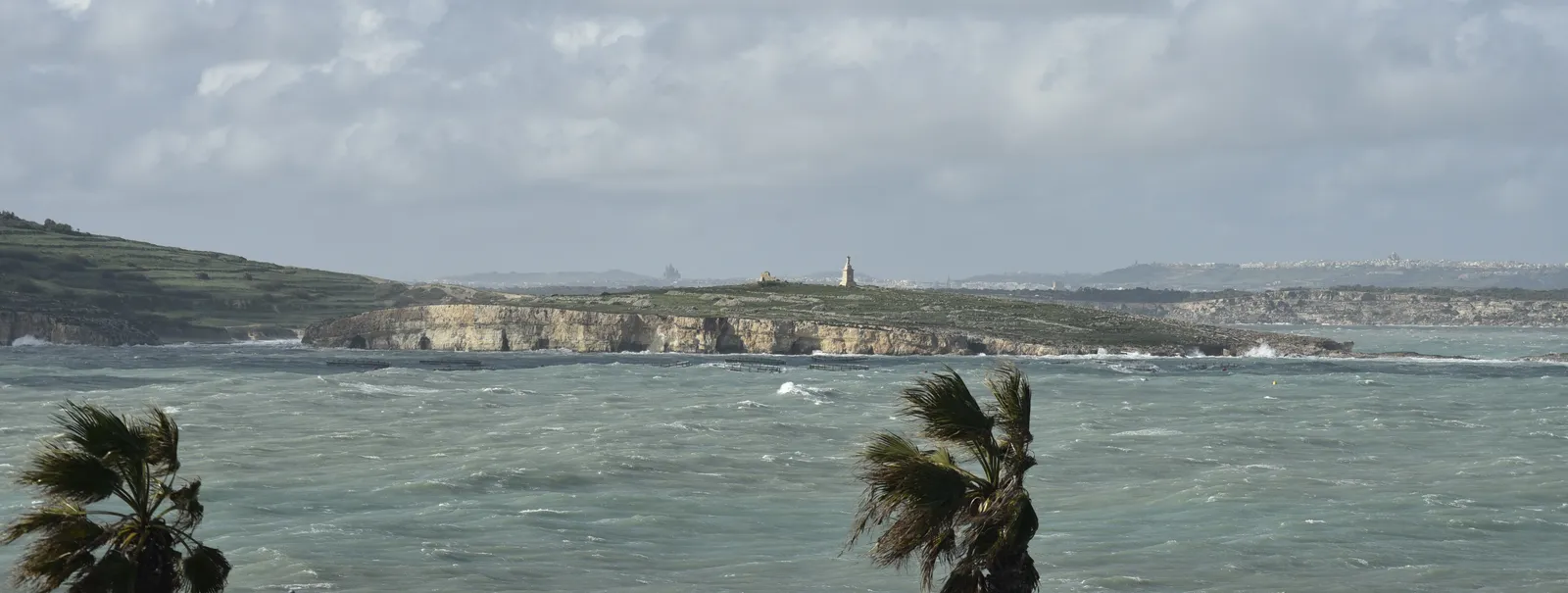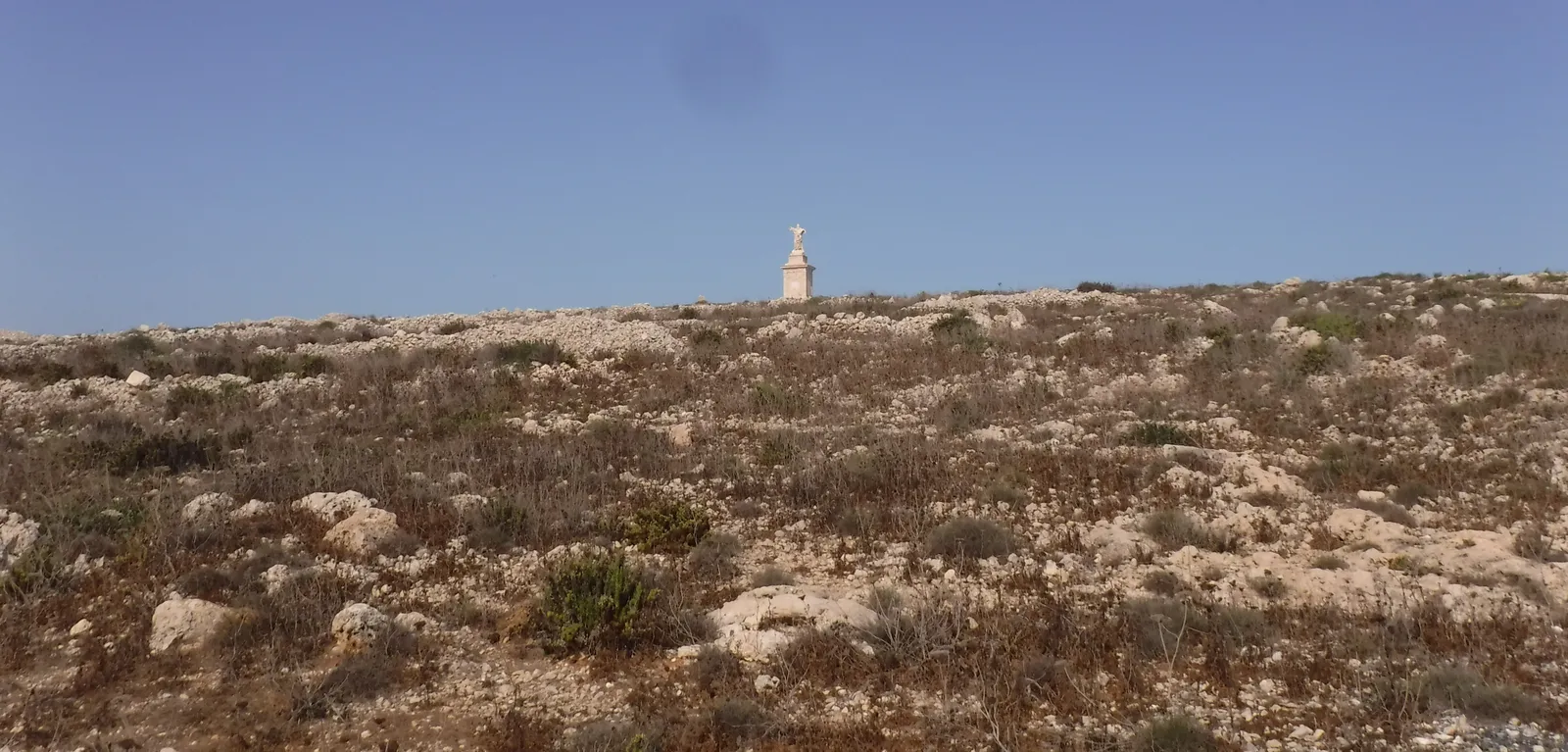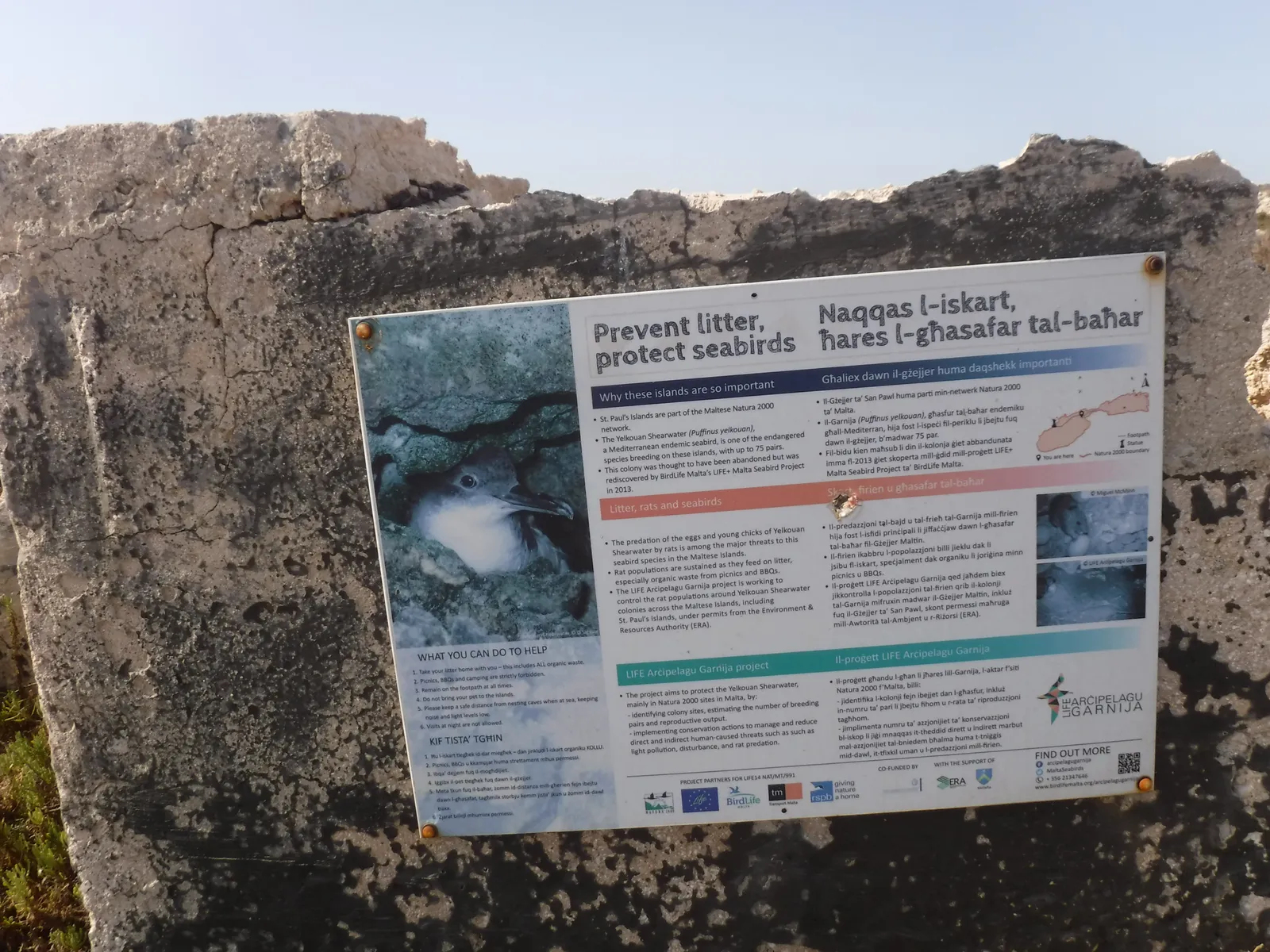St Paul’s Islands (Selmunett)
A Relatively Untouched Haven in the Maltese Islands
St. Paul's Island, nestled off the northeastern coast of Malta, is a little-known gem that showcases the unspoiled natural beauty of the Mediterranean. Known locally as Il-Gżejjer ta' San Pawl, this island holds cultural and historical significance alongside its impressive natural allure. With its rugged terrain, panoramic views, and unique ecosystem, St. Paul's Island stands as a representation of Malta’s pristine environment.
St. Paul's Island is not just one island but a pair of islets connected by a narrow stretch of land, forming a unique geographical feature. The island, covering about 0.12 square kilometers, is uninhabited, offering an oasis of pristine nature a way from mainland Malta. It is named after the biblical figure Saint Paul, who is believed to have been shipwrecked on Malta in 60 AD, as recounted in the Acts of the Apostles. A prominent statue of Saint Paul stands on the island, commemorating this historical event. Sadly, there is no evidence that St Pauls visited the islands and contested by another area of the Mediterranean.

St Paul’s Islands (Selmunett)

St. Paul's Island in Malta combines natural wonders and historical significance. Its untouched landscapes, rich biodiversity, and cultural heritage reflect Malta's commitment to preserving some of its environment. Whether examining its rocky terrain or marveling at its birdlife, the island embodies the beauty and resilience of the Mediterranean.
Flora and Fauna of St. Paul's Island
The island showcases a variety of Mediterranean flora that thrives in its rocky and arid terrain. Among the native plants, hardy species such as salt-tolerant shrubs, wild thyme, and samphire dominate the landscape, adapting well to the island's harsh conditions.
Birdlife
St. Paul's Island serves as a sanctuary for several bird species. Migratory birds often rest here during their journey across the Mediterranean, with species including the European shag, yellow-legged gulls, and terns. The island’s isolation provides a relatively safe nesting ground for these birds, enhancing the region's biodiversity.
Marine Life
The surrounding waters of St. Paul's Island host diverse marine life, including various fish species, octopuses, and crustaceans.
Geological Features
The island’s rugged cliffs, composed of limestone, create striking contrasts to the gentle waves of the surrounding sea. These cliffs are ecologically significant, supporting various plant and animal species adapted to challenging conditions. Erosion has sculpted fascinating rock formations along the coastline.
